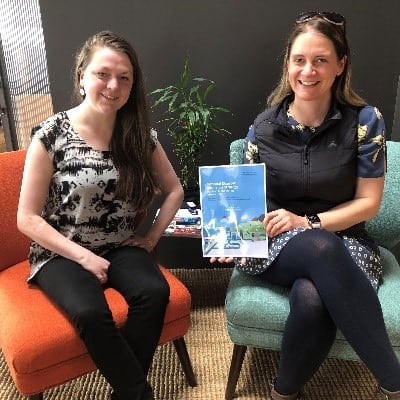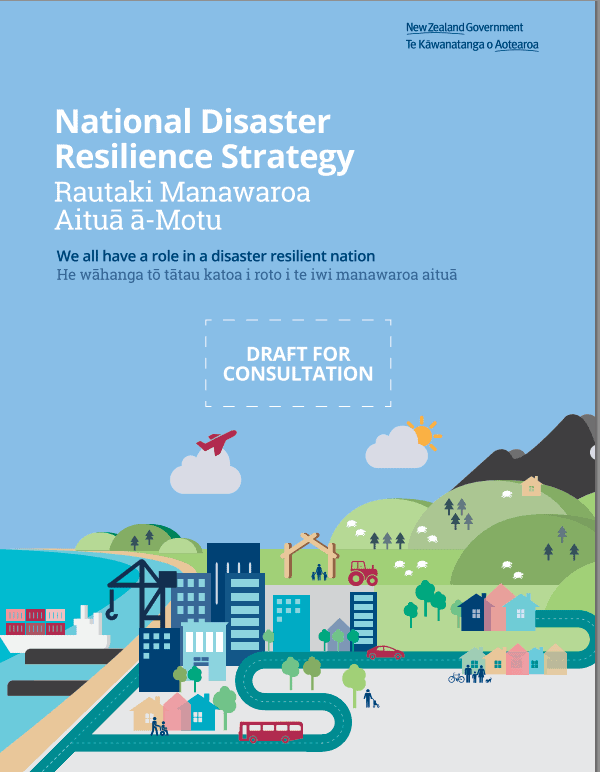Science and strategy for better results
10/12/2018
By Dr Joanne Stevenson and Jo Horrocks (MCDEM)
Government strategy developed in a vacuum is bound to fail. That is why the Ministry of Civil Defence and Emergency Management (MCDEM) has gone to extraordinary efforts to engage stakeholders across many facets of New Zealand life in the development of their National Disaster Resilience Strategy(NDRS): Ruataki Manawaroa Aituā-ā-Motu. This includes drawing on experts and scientific knowledge across the Resilience to Nature’s Challenges National Science Challenge. The NDRS includes a Monitoring and Evaluation section which has been co-created with the Resilience Challenge’s Trajectories Toolbox.
Readers of the Draft National Disaster Resilience Strategy, which is currently out for public consultation, may be inclined to skip the seemingly banal section on “Measuring and monitoring progress” (pp.31-32). If they did, they would miss the opportunity to give feedback on two critically important questions: How do we know if we are getting more or less resilient? How do we start to make links between where we want to go and what we need to do to get there?
This section of the Strategy draws on a Theory of Change developed by Dr Joanne Stevenson, the co-leader of the Resilience Challenge Trajectories Toolbox. The Theory of Change notes that the desired impact of government policy in New Zealand is to enhance the intergenerational wellbeing of New Zealanders, even in the face of acute and chronic shocks like earthquakes and climate change. That means that everything we track should ultimately be connected to this goal. For example, measuring the outcomes of resilience interventions, such as the rate of development in flood or liquefaction prone areas, clearly shows the number of households governments are avoiding putting in harms way. Similarly, we should be tracking whether the inputs allocated to resilience building initiatives are adequate, assessing things such as the per capita staff levels of first responder organisations and the number of publicly-funded mental health professionals available per capita. The New Zealand Resilience Index, also developed by the Trajectories Toolbox, will be part of the national resilience monitoring strategy.

The section discusses monitoring and evaluation in fairly broad terms, but there will be accountability systems developed for the NDRS itself, and these will tie to local and regional CDEM monitoring and evaluation. Progress on the delivery of the NDRS will be reported biennially by the MCDEM. MCDEM will be responsible for telling the public how they are progressing toward their goals and objectives, how New Zealand’s resilience is tracking, and will quantify the impacts of disasters.
Such information will be relevant to a wider international community committed to the seven global targets outlined in the Sendai Framework for Disaster Risk Reduction(2015-2030). New Zealand is one of the 148 countries that have committed to report on their progress toward reaching the global targets, which include significantly reducing mortality and injury caused by disasters, significantly reducing damage to critical infrastructure and disruption of basic services, and increased access to multi-hazard early warning systems and disaster risk information and assessments.

The National Disaster Resilience Strategy sets the tone for both the holistic way in which New Zealand is approaching disaster resilience and the commitment to accountability and transparency in the process. It will offer important guidance for local and regional authorities, businesses, and households as they develop their plans to thrive through future disruptions.




